Arlington County police are investigating “extensive” graffiti, including a racist word, on the roof of Dorothy Hamm Middle School.
Families were informed of the vandalism via email yesterday.
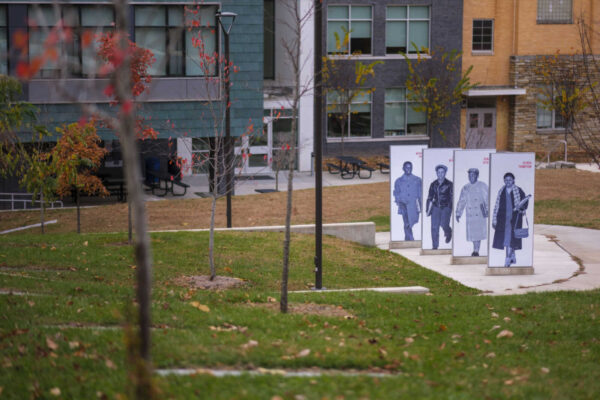
Arlington County police are investigating “extensive” graffiti, including a racist word, on the roof of Dorothy Hamm Middle School.
Families were informed of the vandalism via email yesterday.
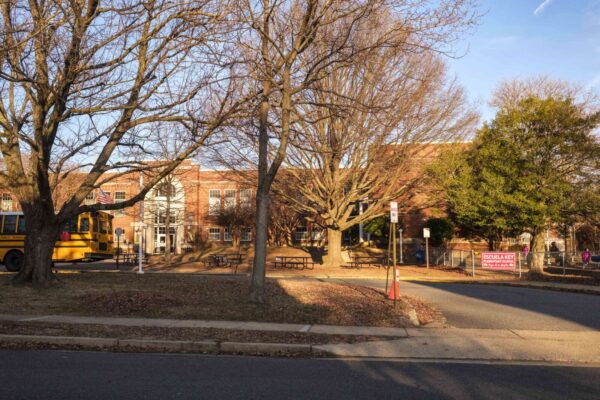
Graffiti resembling a swastika was found Monday at Key Elementary School, according to the school’s principal.
A staff member noticed the swastika-like drawing inside a bathroom stall in the second-grade trailer, Principal Marleny Perdomo said in an email to families last night, shared with ARLnow.

Bronze plaques dubbed “stumbling stones” will honor the lives of three people once enslaved in what is likely Arlington’s oldest house, the Ball-Sellers House.
The three commemorative markers are the first of their kind and will be the subject of a dedication event later this month. The event will be held at 11 a.m. on Saturday, Oct. 28, at the Ball-Sellers House (5620 3rd Street S.), which is now a free museum.
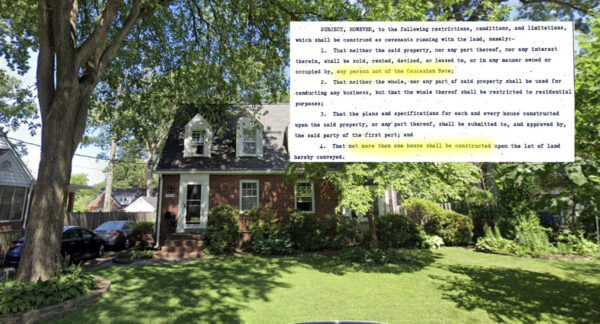
Using a restrictive covenant in a 1938 deed, neighbors in the Tara-Leeway Heights neighborhood convinced a developer to build a single-family home instead of a duplex.
The home, 1313 N. Harrison Street, is not far from a wall that separated the historically Black neighborhood of Hall’s Hill from single-family-home subdivisions originally built exclusively for white people. In addition to specifying that only one home can be built on the lot, a second provision in the deed bars owners from selling to people who are not white.
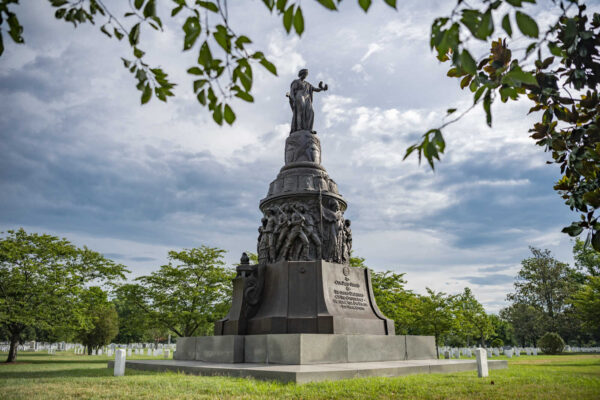
Arlington National Cemetery is seeking public input on its proposal to remove the Confederate Memorial from its grounds.
Atop a 32-foot-tall pedestal in the cemetery stands a bronze statue of a woman depicting Confederate soldiers and Southern civilians, according to the cemetery website. The figures include an enslaved woman holding the infant child of a white officer and an enslaved man following his owner to war.

When living civil rights legend Joan Trumpauer Mulholland participated in sit-ins, she carried a Bible with her.
She kept her birth certificate inside “so that they could identify the body,” her son, Loki, said during an event on Saturday at the Black Heritage Museum of Arlington honoring his mother’s activism.
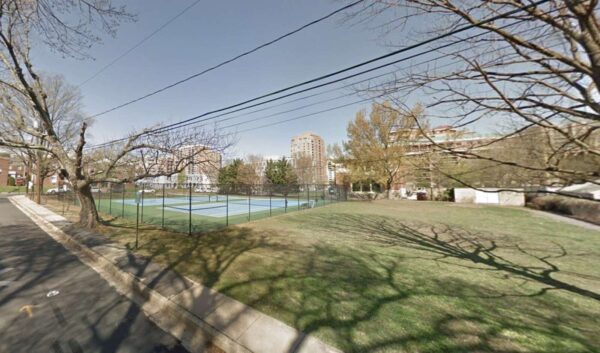
(Updated at 11 a.m.) The namesake of Maury Park in Virginia Square is Matthew Fontaine Maury, a pioneer of oceanography and a Confederate commander during the Civil War.
The park’s name could change, however, if renaming is included in a planning and renovation process slated to begin at the end of 2023.
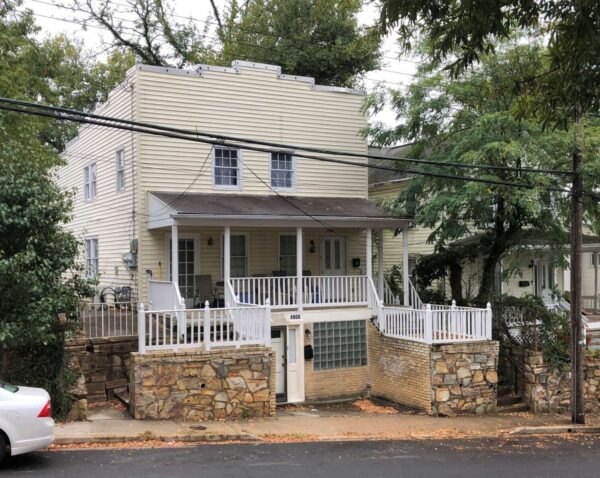
(Updated at 6:15 p.m.) The Arlington branch of the NAACP — previously a champion of Arlington’s Missing Middle housing proposal — is claiming the proposal now being deliberated is in danger of violating federal and state fair housing laws.
After hearing nearly 200 public speeches and convening three meetings in mid-January, the Arlington County Board approved a request to authorize hearings on proposed zoning changes that would allow small-scale multifamily buildings with up to six homes in districts zoned exclusively for single-family detached homes.
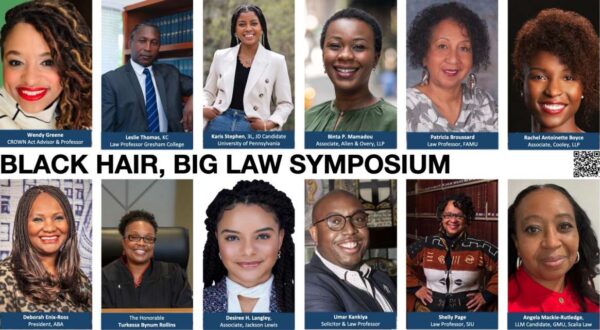
The woman who wrote a law banning discrimination based on natural hairstyles, adopted in 19 states, will be coming to Arlington to talk about anti-Black bias in the legal profession.
Wendy Greene, architect and advisor on the “Creating a Respectful and Open World for Natural Hair Act of 2022” (CROWN Act), will be joined by other lawyers and legal scholars at George Mason University’s Antonin Scalia Law School tomorrow (Thursday) to tackle whether the jobs in the nation’s top law firms, known as “big law,” are less attainable for Black people who wear their hair in afros, dreads or braids.

Sponsored by Monday Properties and written by ARLnow, Startup Monday is a weekly column that highlights Arlington-based startups, founders, and local tech news. Monday Properties is proudly featuring 1515 Wilson Blvd in Rosslyn.
(Updated 12:40 p.m. on 10/11/22) If you own a local restaurant, grocery co-op or healthcare clinic in an underinvested neighborhood, there’s a good chance that Arlington-based Capital Impact Partners can help find money to assist your business.
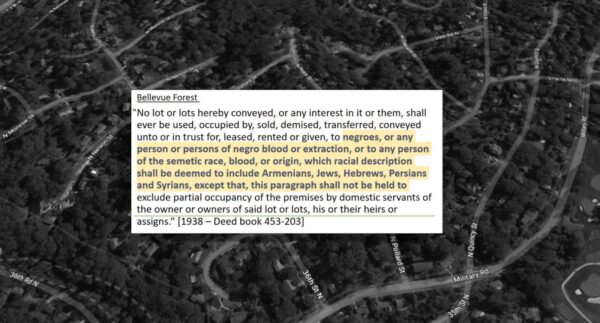
A sociology professor at Marymount University and a former housing lawyer are poring over century-old property records to locate Arlington’s segregated neighborhoods.
It’s a time-consuming process, but the goal is to map Arlington’s “history of exclusion,” says professor Janine DeWitt.